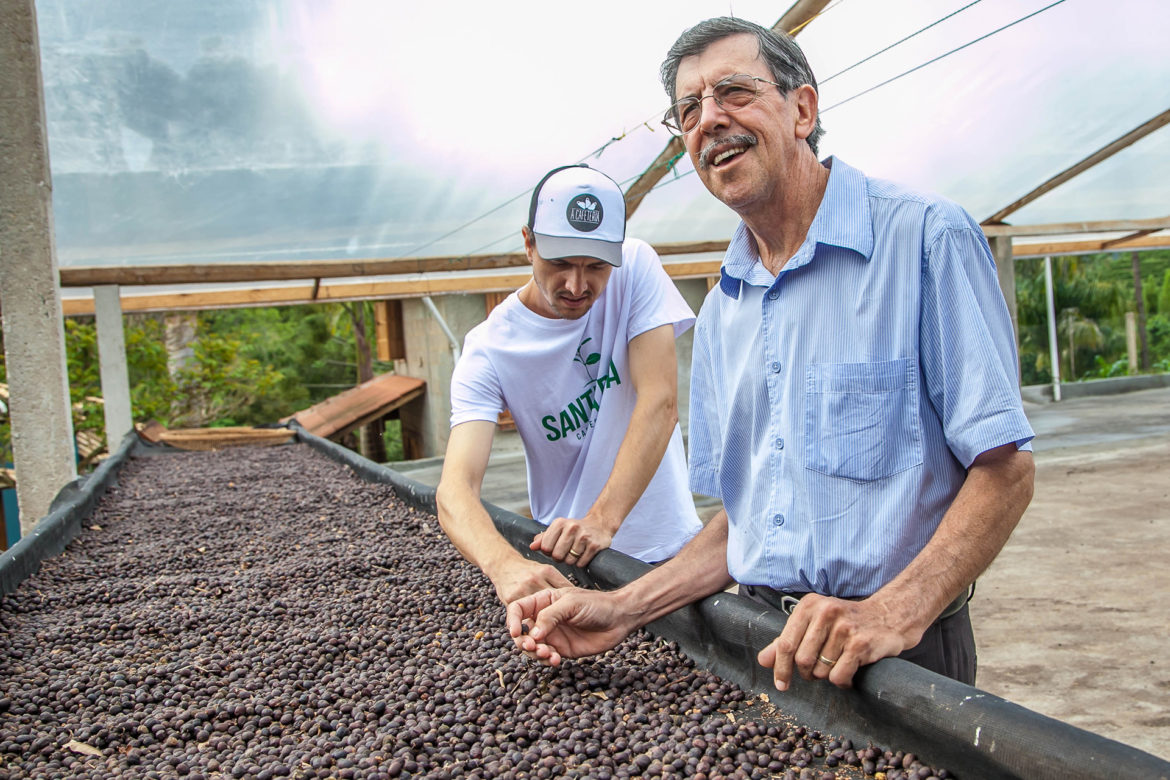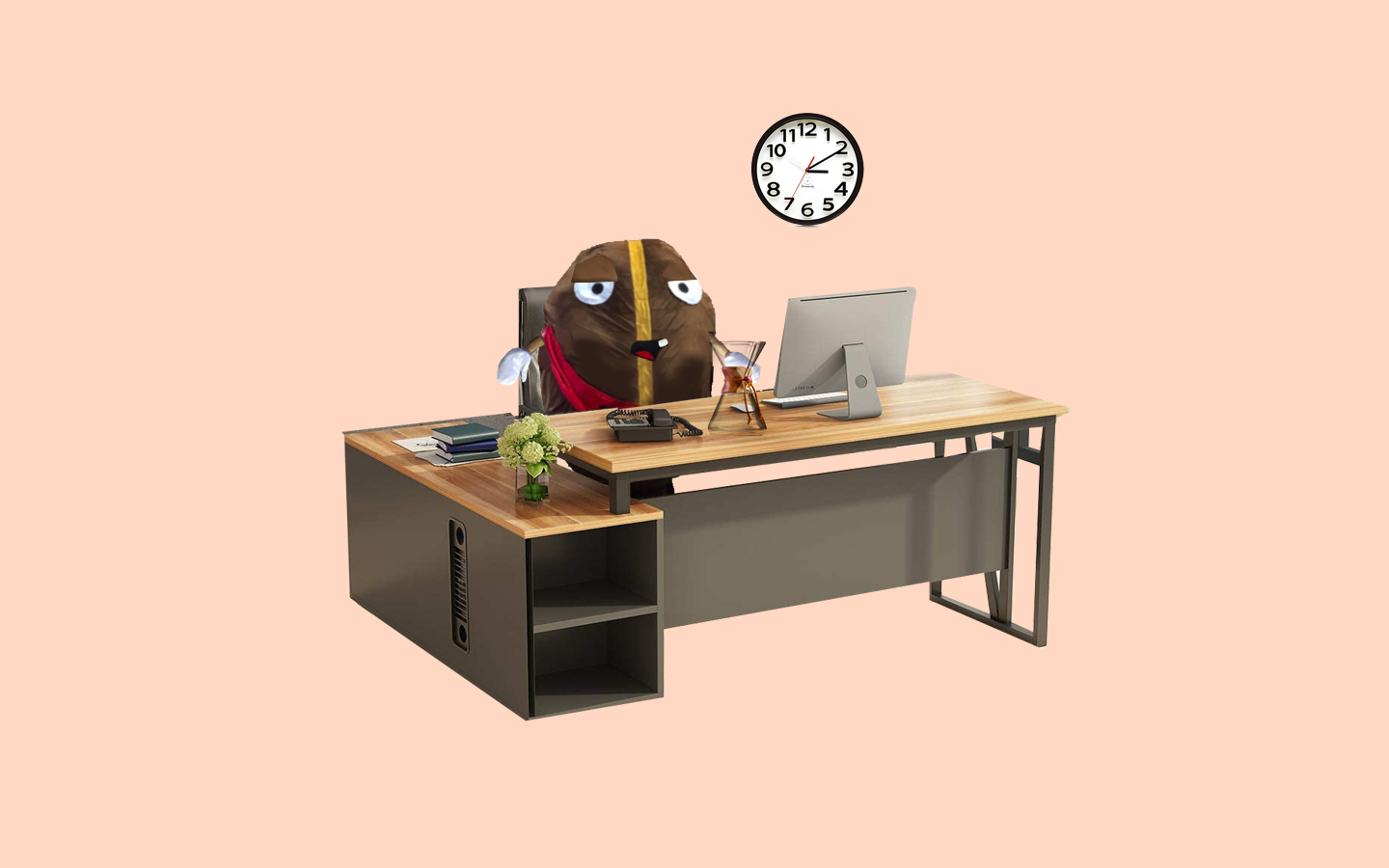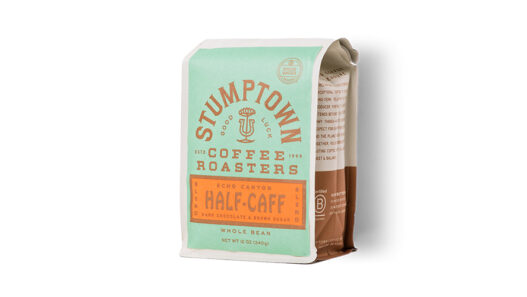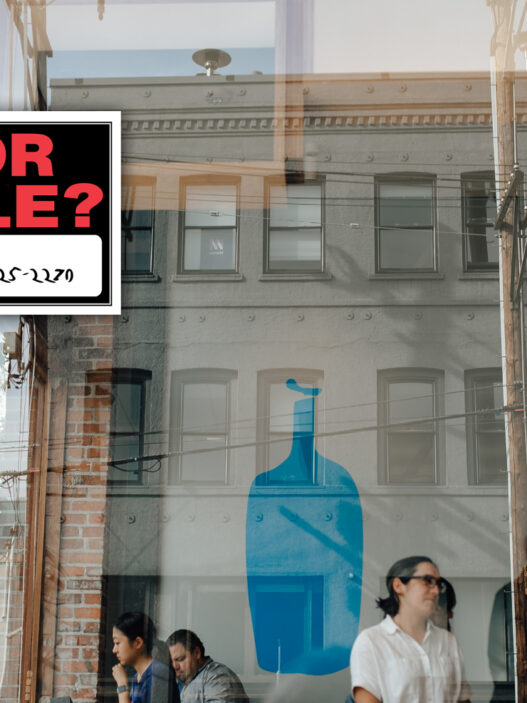
The first time I heard Jhone Milanez Lacerda, a coffee farmer from the Caparaó region of Brazil, speak about all he has done to transform his family’s farm, I was flooded with emotion. I had never before seen a young farmer so humble and kind, and yet so smart, inventive, and articulate. From that first day, I could tell Lacerda had big plans—today, I am thrilled to share a little bit of his story here.
Sítio Santa Rita, in the Caparaó region—a national park in a rocky area between the states of Minas Gerais and Espírito Santo in Brazil—was founded in 1896. The Lacerda family is the fourth generation of coffee farmers in that farm area, and the first producing high-quality coffee.
Jhone Lacerda remembers the day his father, Tarcisio Lacerda, brought home a little can of coffee that smelled and tasted nothing like he had recognized as coffee to that point in his life. It was fantastic, and it was life-changing. He asked his father why this coffee tasted like that, and the elder Lacerda couldn’t answer his son’s question. So in 2008, Jhone Lacerda started taking courses on coffee grading and tasting and coffee farm management.

“Between 2006 and 2010, we understood that good coffee was pulped cherry coffee,” says Lacerda. “It made sense at that time, as nobody was doing selective picking, and the simplest way to separate the greens out of the ripe cherries was to do so via pulped processing,” Lacerda says. He started selectively picking a very small part of his crop and selling it at very low prices. His neighbor farmers would stop by and call him crazy, since the middlemen, being either naïve or just plain cruel, would only pay “improved commodity” prices for it—something like USD $8-10 above market price.
In 2012, Lacerda became certified as a Q-grader and created a tasting lab on his farm so he could host his green coffee clients. Around the same time, Miriam and Fred Ayres, Lacerda’s sister and brother-in-law, started specializing in barista courses and transformed the space in a coffee shop.
Then, in 2013, at Brazil’s International Coffee Week, Lacerda attended a talk by Manuel Diaz on coffee fermentation. “Until this point in time, my dad, my granddad, and every other farmer would instruct us to avoid fermentation at all costs. This guy told me to do the exact opposite: in order to be good, coffee has to ferment. That was mindblowing to me,” remembers Lacerda. The next morning, Dr. Diaz presented some fermented coffees at the cupping table and Lacerda can still describe them as if he’d tasted them yesterday: very fruity, citric, complex coffees.


Back on the farm, Lacerda had cupped a spectacular coffee from a neighbor whose coffee had been disqualified from a quality contest because of the humidity content. “When I asked my neighbor what was the secret of that coffee, he got shy and did not want to share. I insisted, so he ended up confessing: he was picking the beans every day, storing them inside fertilizer plastic bags during the entire week, and on the weekends he would remove the coffee from the bags and lay them out in the sun to dry. There was my second confirmation that fermentation was the way to go.”
Lacerda started testing. “There were so many tests,” he recalls. “Many people would say it was too fruity, the old school folks would say it has gone bad or something like that. Eventually, I started getting it right. The coffee tasted so good, I started varying the fermentation by time. Eventually, I realized that time was not the most important variable, but temperature was. If I fermented a coffee in May for 72 hours, it wasn’t going to taste the same as a coffee fermented in August for the same amount of time, since the average temperature in those months differs widely.”
By 2014, Lacerda and his clients were able to find so many different fruit notes in his fermented coffee they nicknamed the coffee lots “Fruit Salad,” so the buyers would know what to expect. Other lots followed suit: Brazil Nuts, Sweet Caparaó, Jasmine, Coconut Candy, and so forth.
The Bala de Côco (Coconut candy) lot comes from coffee trees located in a very steep area at the top of Pedra Menina rock, very hard to access, surrounded by eucalyptus trees. One day Lacerda was riding his bike up there and noticed the coffee trees had beautiful flowers and decided to proceed with the harvest. The coffee turned out to have candied coconut notes. It comes through a biannual crop only since it is completely shaded. It’s one of his most sought after—and expensive—lots.

Last year, Lacerda invested in a more elaborate fermentation process, which resulted in a coffee with black olive notes, nicknamed “Olivia.” “Olivia went through a dry, pre-fermentation stage, then on to a dry, pulped fermentation, and lastly, a hydrated fermentation. I tried to unite three processes that we already do into one, and it created something very unique, with notes of black olives. From our trial and experience, we can tell the pre-fermentation adds flavor complexity, the second fermentation adds sweetness, and third fermentation contributes to a clean flavor and acidity,” summarizes Lacerda. Due to climate change, photoperiod, rain season variations, etc, it was not possible to reproduce the olive notes in this year’s same experiment. “I can only control my experimentation tests and harvest and post-harvest techniques, but I can’t control nature,” he jokes.
Lacerda, a Coffee Management graduate, is also a tinkerer. With his father, he developed a unique drying device for his microlots, which allows them to dry up to nine microlots at the same time. He’s also developed, with partner Wesley Coelho, a remote temperature measuring system that allows him to control his fermentation lots from anywhere. The system sends a reminder to Lacerda’s smartphone when the coffee mass reaches preset target temperatures, so that Lacerda can move forward with the post-harvest process. They are working to make it available for sale to other farmers as well. As a pioneer in coffee fermentation in Brazil, Lacerda has traveled to Costa Rica and Colombia to implement processes similar to those of the “Fruit Salad” lot in farms in those countries.

“None of this would have been accomplished had the tasks not been divided between my family and me,” recognizes Lacerda. “While I’m in charge of quality and commercialization of our coffees, Fred and Miriam are in charge of the coffee shop and the roastery, my dad the plantation, and Miriam takes an additional role in financing and administration. Without them, I wouldn’t have had so much time to focus on researching better practices of fermentation and quality improvement.”
Farming is no easy task. Lacerda is surely very lucky to have such a dedicated family team behind Sítio Santa Rita, but also deserves much credit and recognition for being an inventive and fearless trailblazer in the mountains of Caparaó.
Juliana Ganan is a Brazilian coffee professional and journalist. Read more Juliana Ganan on Sprudge.
Photos by Bruno Lavorato.
























